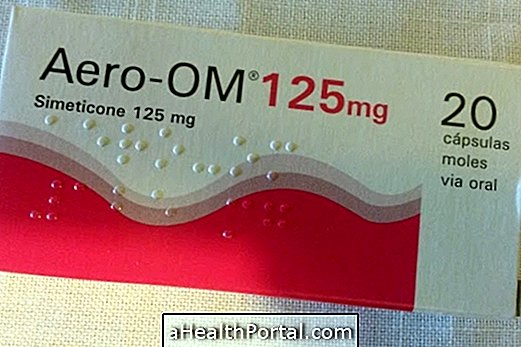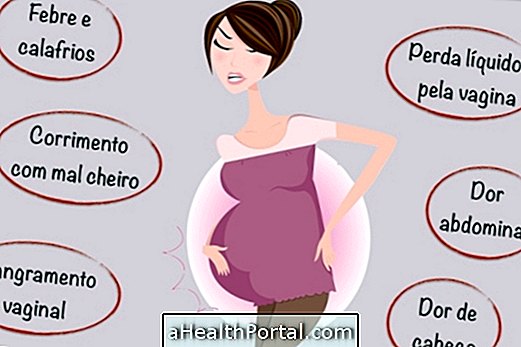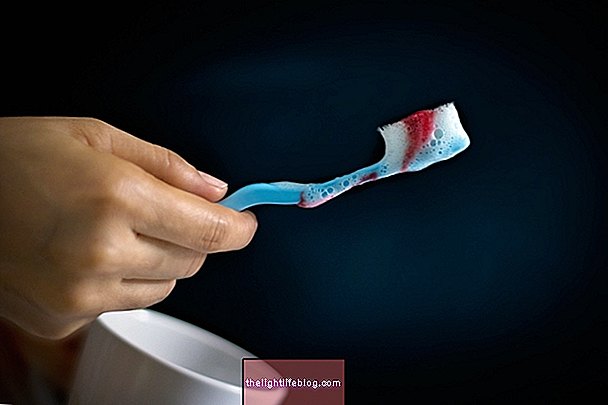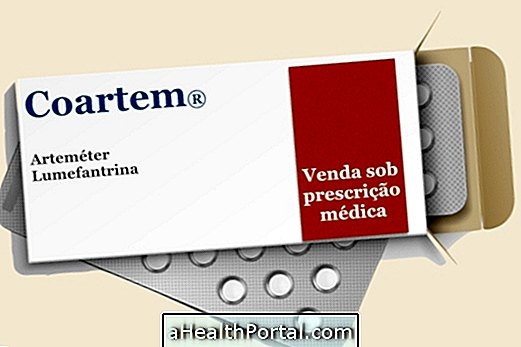Pigeon chest is the popular name given to a rare malformation, scientifically known as Pectus carinatum, in which the sternum bone is more exited, causing a saliency in the chest. Depending on the degree of the change, this overhang may be quite noticeable or go unnoticed.
Generally, the child with Pectus carinatum does not have any health problem, because the heart and lung continue to function properly, however, due to the physical alteration, it is common for the child to feel uncomfortable with his own body.
Thus, although the treatment is also done to relieve symptoms such as shortness of breath, it is often done only to improve the physical appearance, improving the child's self-esteem.
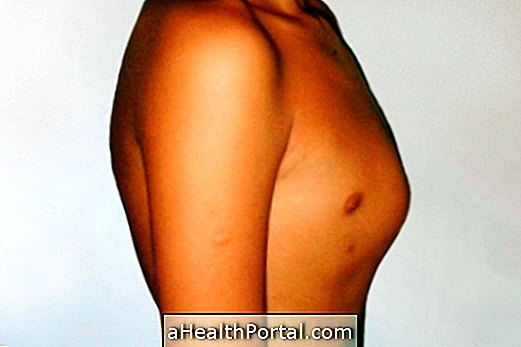
Main features
The most relevant feature of a person with a pigeon chest is the protrusion of the sternum bone in the middle of the chest, which causes problems with self-esteem and body image. However, there are also cases where symptoms such as:
- Frequent feeling of shortness of breath, especially during exercise;
- Frequent respiratory infections;
- Asthma.
The deformation of the breast bone can be noticed soon after birth or during the early years of childhood, but it is common to be more noticeable around age 12 due to the natural growth of the bones.
Associated with Pectus carinatum, it is also common for the pediatrician to identify other changes in the muscles or spine, the most common being scoliosis, in which there is a curvature in the alignment of the spine. Learn more about scoliosis and how it is treated.
What Causes Pigeon's Breast
Although there is no known cause for the appearance of Pectus carinatum, however, it is known that there is an overgrowth of the cartilages that attach the sternum to the ribs, causing the bone to be more projected forward.
Most of the time this malformation passes through several members of the same family, with a 25% chance that the child will be born with a pigeon's chest if there is any case in the family.
Treatment Options
There are two main ways of correcting the malformation caused by Pectus carinatum :
1. Thoracic tape
The brace is usually used to try to avoid surgery and can be used on children or young adults when the bones are still growing. This type of appliance is placed on the sternum and presses on the malformation, forcing the bones back to the correct place.
Typically, the brace needs to be used between 12 to 23 hours a day and the total time of treatment varies depending on the results. This type of brace must always be oriented by the orthopaedist, since depending on the degree and symmetry of the alteration different ribbons may be required.
2. Surgery
Surgery is the quickest way to treat pigeon's chest, but it is usually only used in the most severe cases or when the brace is not able to resolve the change.
The type of surgery used is known as Ravitch and in this procedure the doctor makes a cut in the chest, removes excess cartilage from the sternum bone and repositions the ribs correctly.
During surgery, the surgeon may leave a metal bar inside the ribs to help maintain the shape of the chest. This bar should be kept for at least 6 months and during that time the child should avoid doing activities involving blows, such as football, for example.



















